In an alternate timeline...
The Joint Advanced Strike Technology (JAST) program was established to provide replacements to the current combat aircraft in service with the USAF, USMC and USN. JAST serves as the umbrella to three distinct airframes that would meet the needs of their respective services. In a similar vein to the ATF, a prime requirement was low observable characteristics and the integration of next generation technologies.
In 1991 the US Navy had expressed interest in the USAF's MRF Program to replace the F/A-18 Hornet. The creation of JAST would assist in this endeavor with the formation of JAST-AF for the Air Force, JAST-MC for the Marine Corps and JAST-N for the Navy. However, given the relative age of the "newer" F/A-18's, development of any JAST-N airframe remained in the sidelines for most of the decade. The central focus of JAST in the 1990's was the Air Force's CTOL F-25 Javelin and the STOVL FV-30 Kestrel for the Marines. In an acceptable compromise, the Navy arguably had their hands full with its own F-28 Tomcat II. Meanwhile, Boeing's Phantom Works was close to finalizing its JAST-N airframe. By 2000, its F/A-34 proposal had been successfully green lighted - although it was briefly overshadowed by the Kestrel's historic maiden flight.
In a renewal of fortune, NAVAIR found itself with an abundance of new airframes. Certainly a stark contrast to its dire situation in the late 1980's. The significant progress of the Tomcat II, ongoing development of the Kestrel and the expected JAST-N airframe would dictate the future of US naval aviation in the coming decades. USN order of battle has the F/A-34 replacing the F/A-18 and supporting the F-28, whilst offering true VLO strike capability and high ACM performance. Additionally, the Marine Corps would also adopt the JAST-N to replace their own Hornets.
The YFA-34 prototype debuted in 2002, with its twin engine configuration and folding wings that characterize its CATOBAR role. Lessons learned from its sister JAST programs would benefit JAST-N. Refinements in construction, technical experience and existing systems were re-purposed to suit its mission profile. The Electro-Optical Targeting System (EOTS), common to all JAST airframes was notably at hand during this phase. The F/A-34's flight envelope favorably compared to the F-25, despite being the heavier craft. JAST partners took note of the F/A-34's twin engines, which is a key advantage over its sister designs. In 2004, the airframe was named "Eclipse" - a clean sheet name preferred by Navy PR to avoid further confusion (e.g. "Tomcat II").
By 2007, the EMD F/A-34's underwent testing at NAS Patuxent River. These production spec models emerged with various modifications and refinements. The F/A-34A sports durable systems and VLO technologies geared for naval operations. Carrier testing aboard the USS Nimitz occurred in 2010, with VX-23. Following additional flight testing and subsequent full rate production, the first F/A-34's entered service with VFA-115 and VMFA-323 in 2013. The Eclipse's Supercruise capability and HMD make it a potent performer in the 5th Generation classification. USN F/A-34A's are expected to serve alongside the F-28 in the coming decades, while USMC F/A-34B's are tasked to support its FV-30 fleet.
The F/A-34's strong points aptly make it at odds with its JAST sister designs (F-25, FV-30). Additionally, the inherent sensitivity of advanced VLO aircraft limits their export to trusted US allies. With a price tag of $110 million, the Eclipse is arguably the most expensive of the JAST fighters. Indeed, JAST-N partner nations are notably fewer, with a strong preference for F/A-18 like qualities. Australia and Canada have already received their first batches while Spain and Malaysia are expecting their Eclipses in 2019 and 2021 respectively.

The Aircraft Blueprint is From Jetfreak-7 From DeviantArt
Controls
Roll
Pitch
Yaw
VTOL Down : Flaps
AG1 : Tail Hook
AG2 : Fold Wing
AG3 : Detach Fuel Tanks
# Some Screenshots
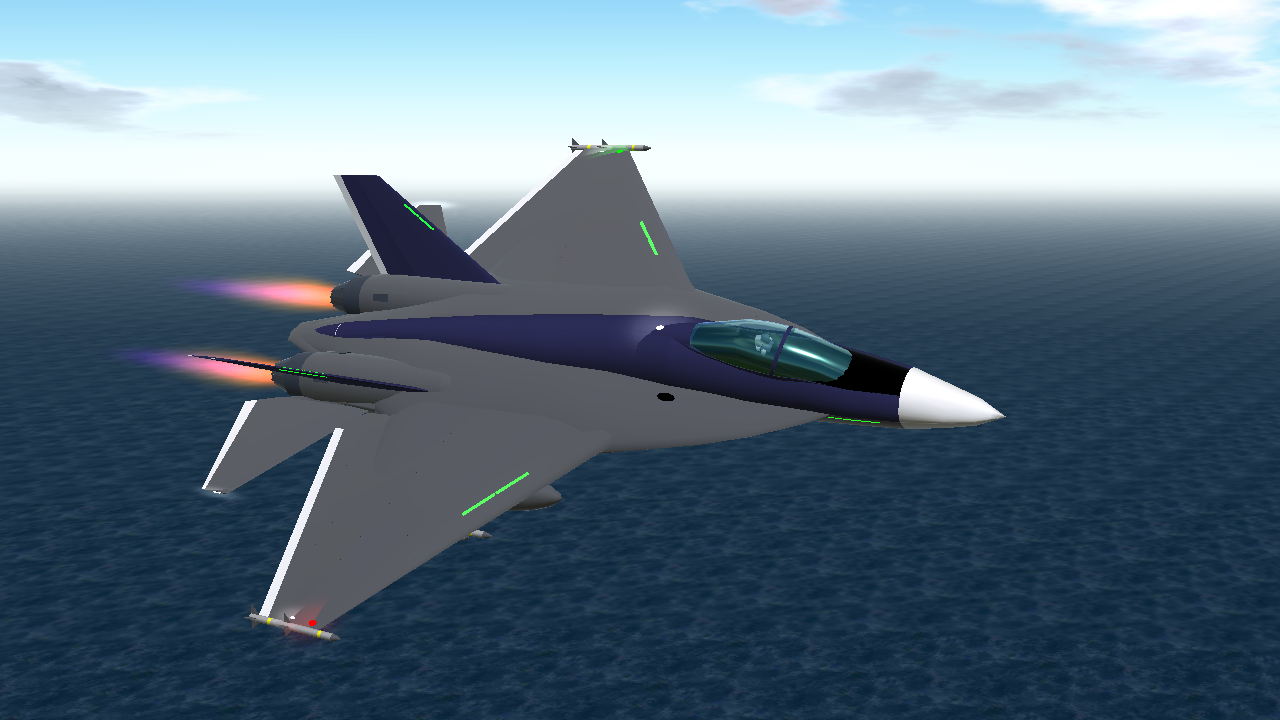

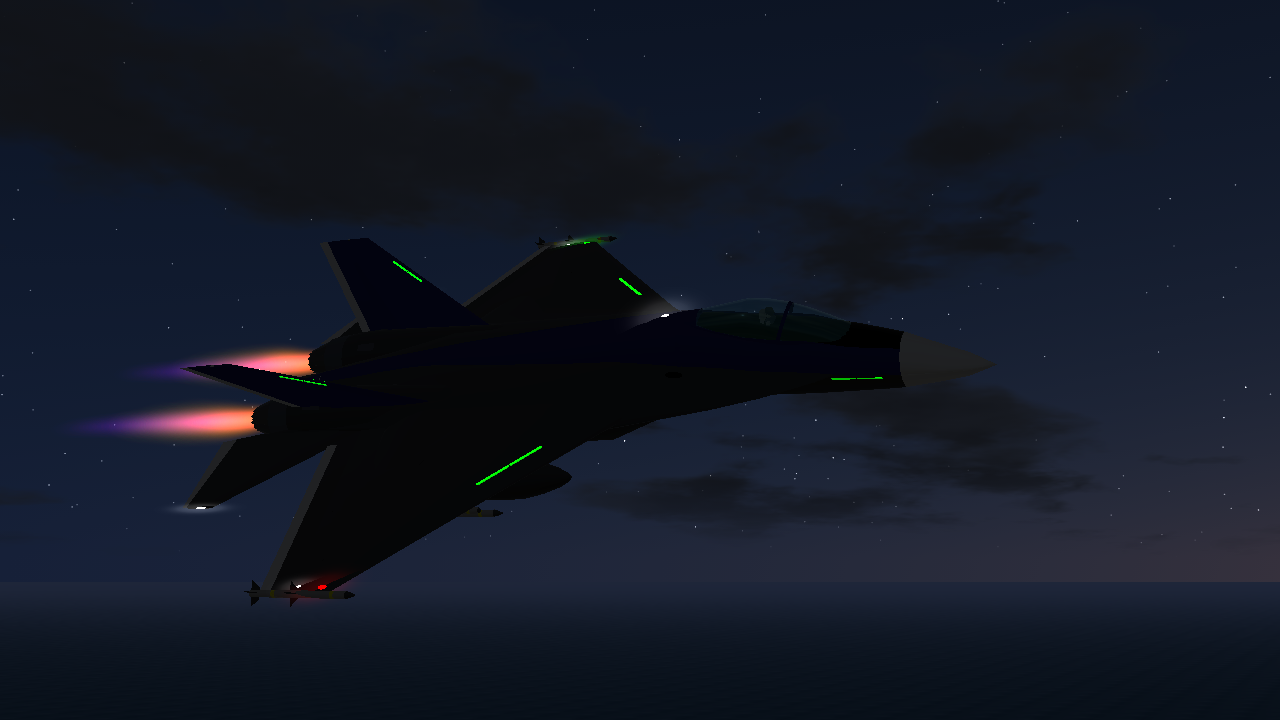
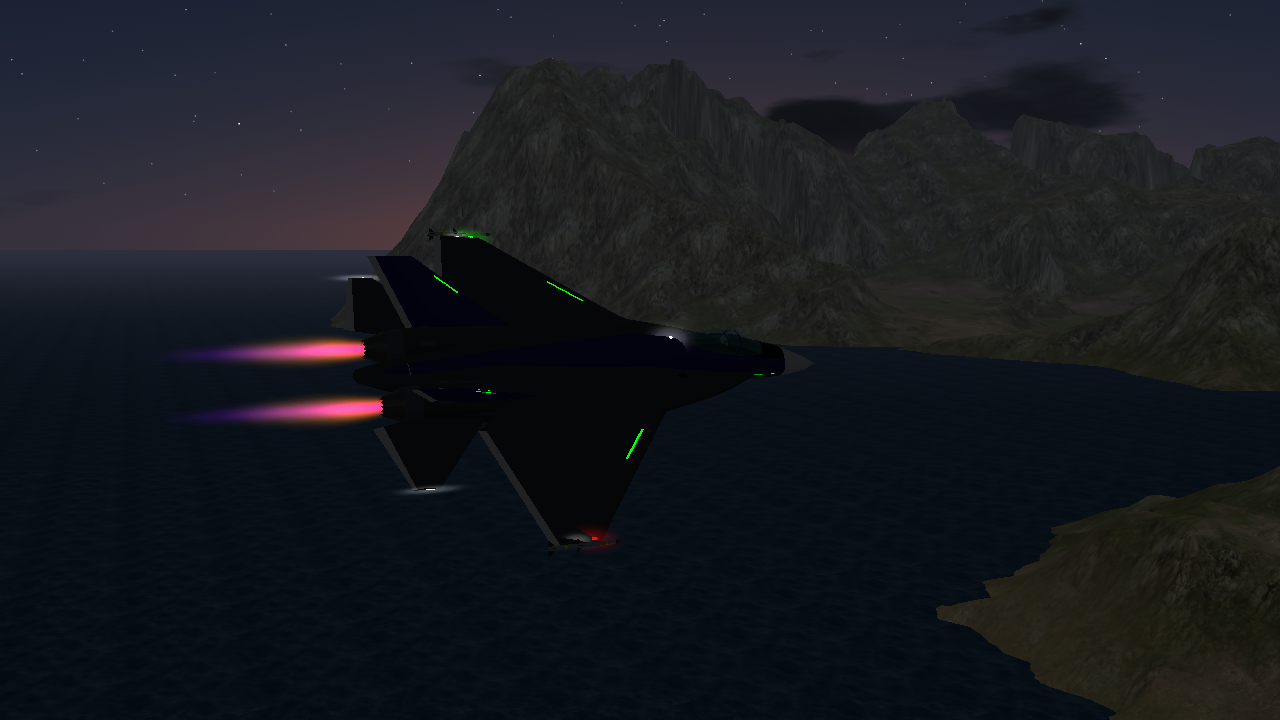
Upvote And Have Fun :)
Specifications
Spotlights
- Feanor 4.2 years ago
General Characteristics
- Created On Android
- Wingspan 48.3ft (14.7m)
- Length 57.3ft (17.5m)
- Height 15.4ft (4.7m)
- Empty Weight 9,459lbs (4,290kg)
- Loaded Weight 18,637lbs (8,453kg)
Performance
- Power/Weight Ratio 11.575
- Wing Loading 20.5lbs/ft2 (99.9kg/m2)
- Wing Area 910.9ft2 (84.6m2)
- Drag Points 1144
Parts
- Number of Parts 390
- Control Surfaces 6
- Performance Cost 1,999

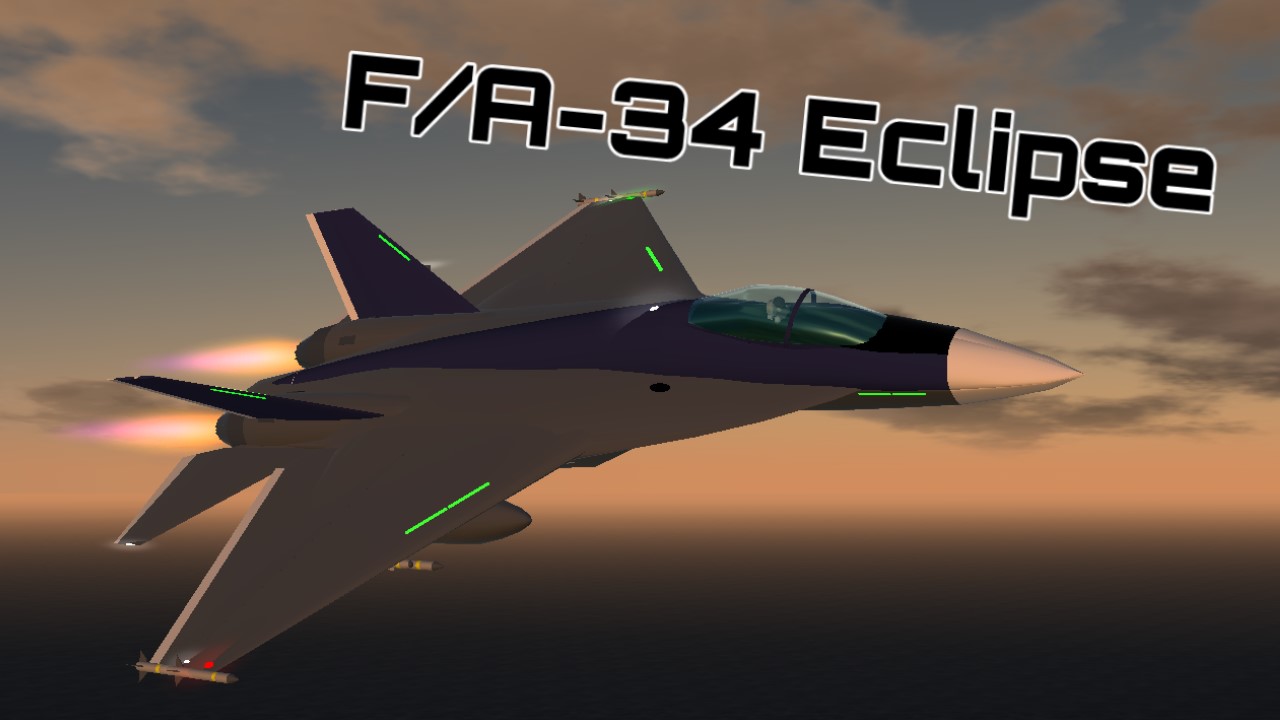
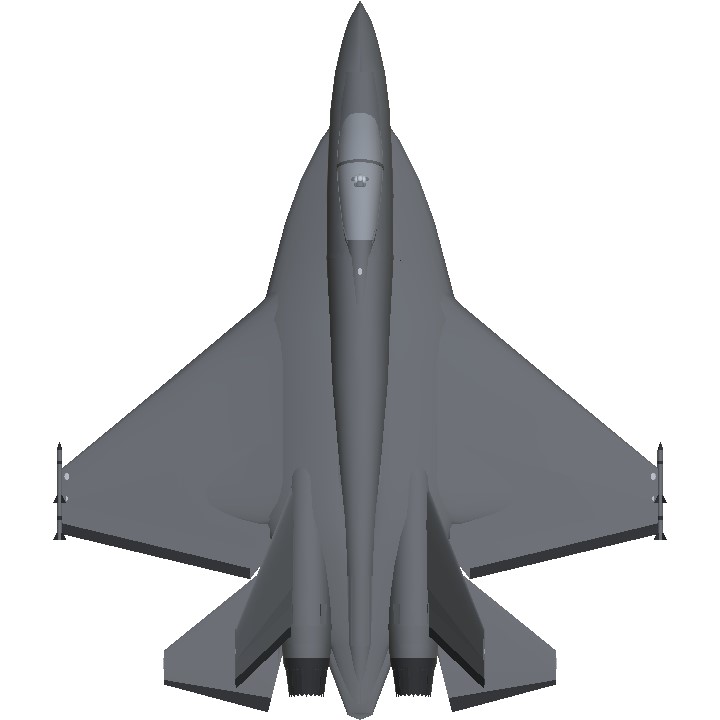

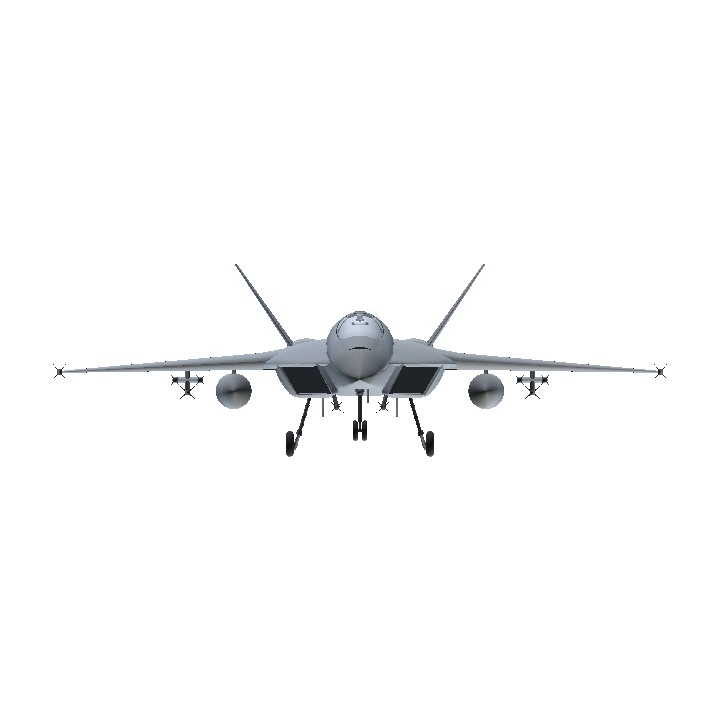
Good airplane, but since it's supposed to be low-observable, why no internal weapons bays?
Very nice!